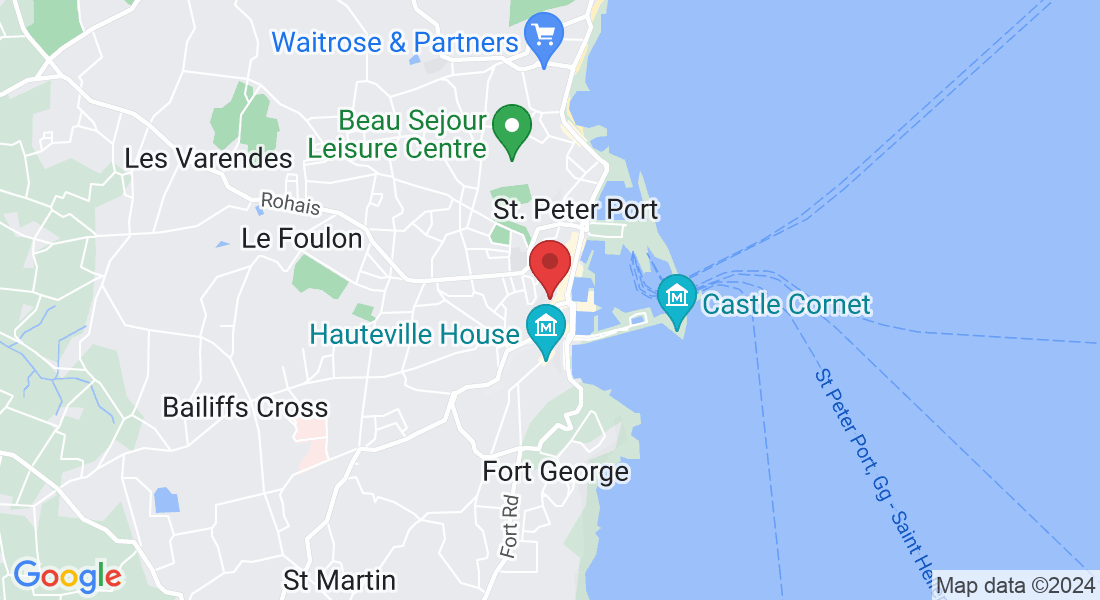Generation Distracted: Navigating the Digital Divide in Global Education
Teaching students from across the globe is an incredibly rewarding experience. It’s a chance to witness the diversity of cultures, perspectives, and aspirations. However, it’s also a challenging task, made even more complex by the ubiquitous presence of mobile phones.
One of the most striking challenges facing educators today is the apparent disconnect between the digital world students inhabit and the academic world they are expected to engage with. While technology has undoubtedly opened up new avenues for learning, it has also created a generation deeply entrenched in a world of instant gratification and constant distraction.
Organisational Challenges in a Digital Age
Students from all corners of the globe grapple with similar organisational challenges. From juggling multiple time zones for online classes to managing a plethora of digital platforms for assignments and communication, the demands of modern education can be overwhelming.
Time Management: With the constant ping of notifications and the allure of social media, students find it increasingly difficult to focus and prioritise tasks.
Digital Overload: The sheer volume of information available online can be paralyzing. Students often struggle to discern credible sources and effectively manage information overload.
Cybersecurity Concerns: As students rely more heavily on digital platforms, they become increasingly vulnerable to cyber threats.
The Mobile Phone Epidemic
The mobile phone has become an inseparable companion for many students. While it offers unparalleled access to information, it also poses significant challenges to the learning process.
Attention Spans: The constant stream of notifications and updates can fragment attention and hinder deep focus.
Academic Integrity: The ease of accessing information online has made cheating more prevalent.
Social Isolation: Excessive phone use can lead to social isolation and hinder the development of essential interpersonal skills.
Bridging the Gap
To address these challenges, educators must adopt a holistic approach that combines technological integration with effective teaching strategies.
Digital Literacy: Equip students with the skills to critically evaluate information, use technology responsibly, and protect their online privacy.
Mindful Technology Use: Encourage students to develop healthy relationships with their devices by setting boundaries and practicing digital detox.
Engaging Learning Experiences: Create dynamic and interactive lessons that capture students' attention and foster critical thinking.
Collaborative Learning: Promote teamwork and peer-to-peer learning to counteract the isolating effects of excessive screen time.
By understanding the challenges faced by today's students and implementing innovative strategies, educators can help students harness the power of technology while mitigating its negative impacts.
What are your thoughts on this topic? Have you experienced similar challenges in your teaching or learning? Share your insights in the comments below.









